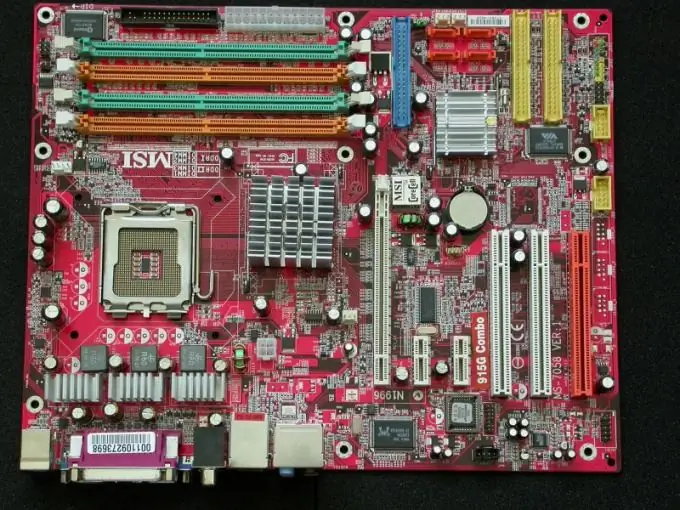To set up your computer after installing the operating system, you need to select and install the correct drivers. When it comes to the chipset, you need to be very careful not to damage the operation of this device.

Necessary
- - Sam Drivers;
- - access to the Internet.
Instructions
Step 1
Remember that it is highly undesirable to completely remove the motherboard drivers. It will be much faster and more efficient to replace installed file packages with newer versions. Visit the official website of the manufacturer of the motherboard installed in your computer.
Step 2
Find the "Drivers" section and download the files required for stable operation of this device. Unpack the downloaded archive into a separate folder. Click the "Start" button and right-click on the "My Computer" menu. Select "Device Manager".
Step 3
Find the "Computer" item in the window that appears and expand it. Right-click on the name of your computer and select "Update Drivers". Now select the item "Search for drivers on this computer." Select the folder where you unpacked the downloaded files. Click the Next button and wait until the required drivers are updated.
Step 4
If during the installation of the selected file packages a message appears stating that the system cannot remove old driver versions, then use the Sam Drivers program. Download and run this utility. Open the RunThis.exe file and select "Install Drivers: Installer Assistant" from the menu that opens.
Step 5
Wait while the utility collects information about the connected equipment. Now check the box next to the Chipset item. In parallel, you can update file packages for other devices on your computer. Click the Run Job for Selected Packages button. Select "Typical Installation".
Step 6
After the files are updated, restart your computer. Make sure that the hardware for which you updated the configuration is working properly and performing the required functions. Alternatively, use the Driver Pack Solution utility.






